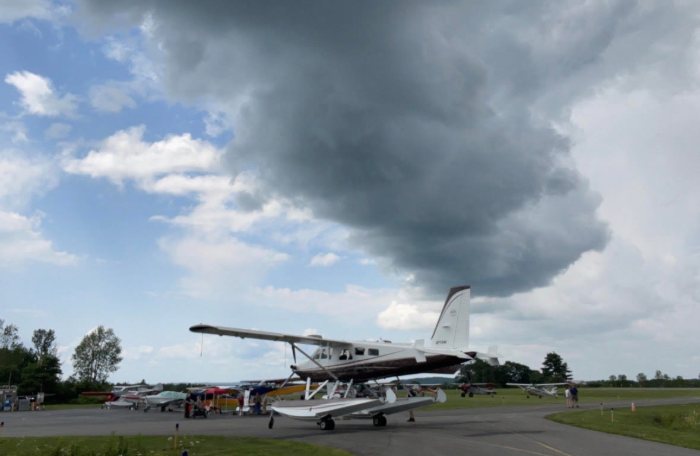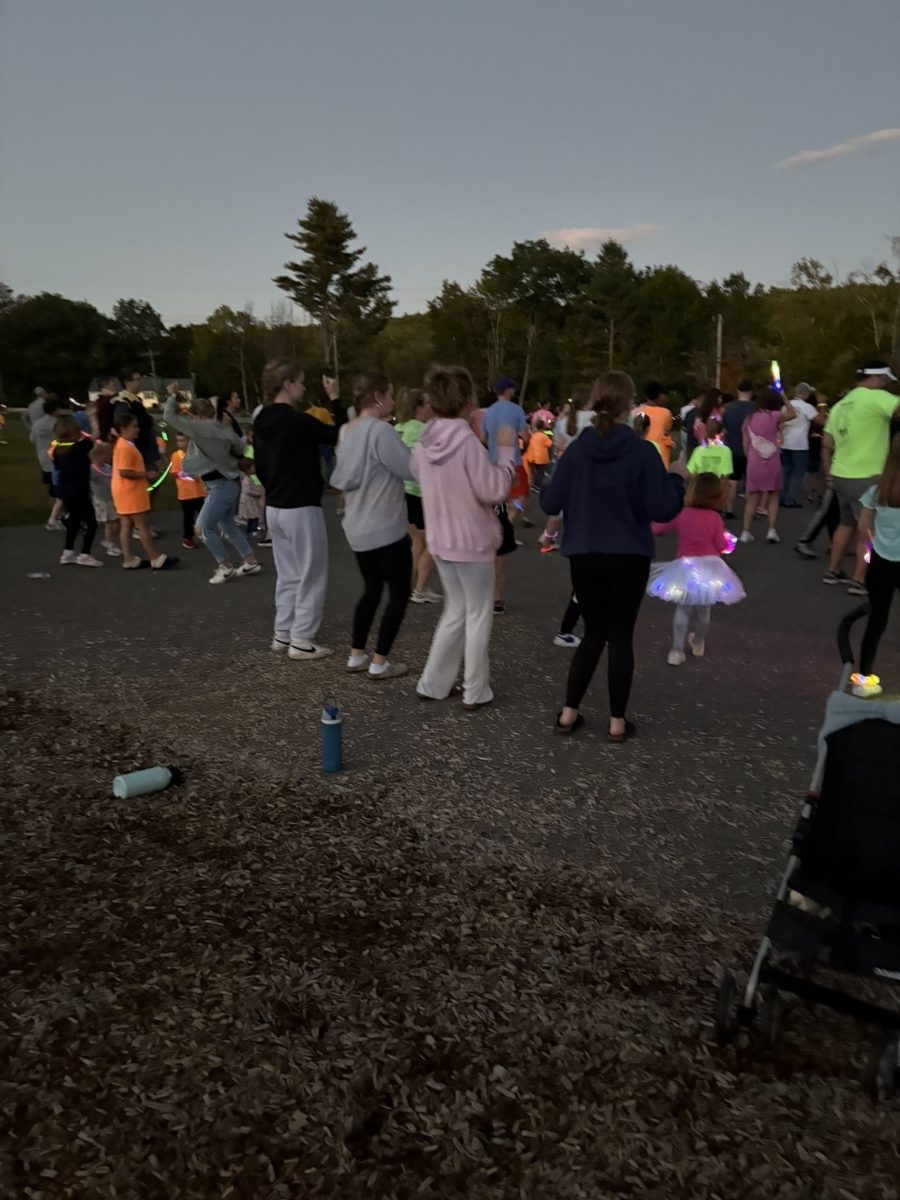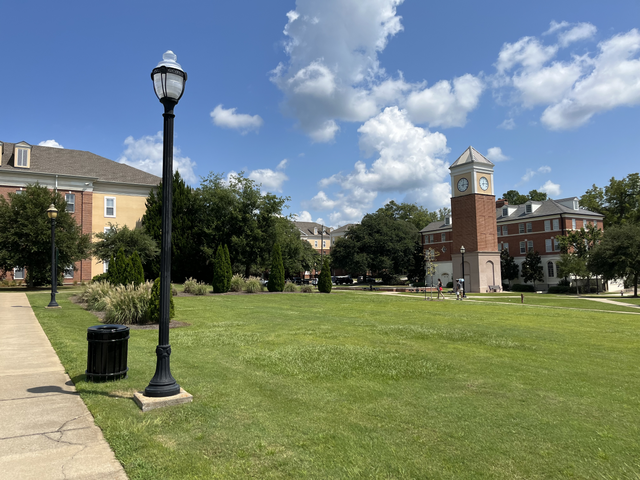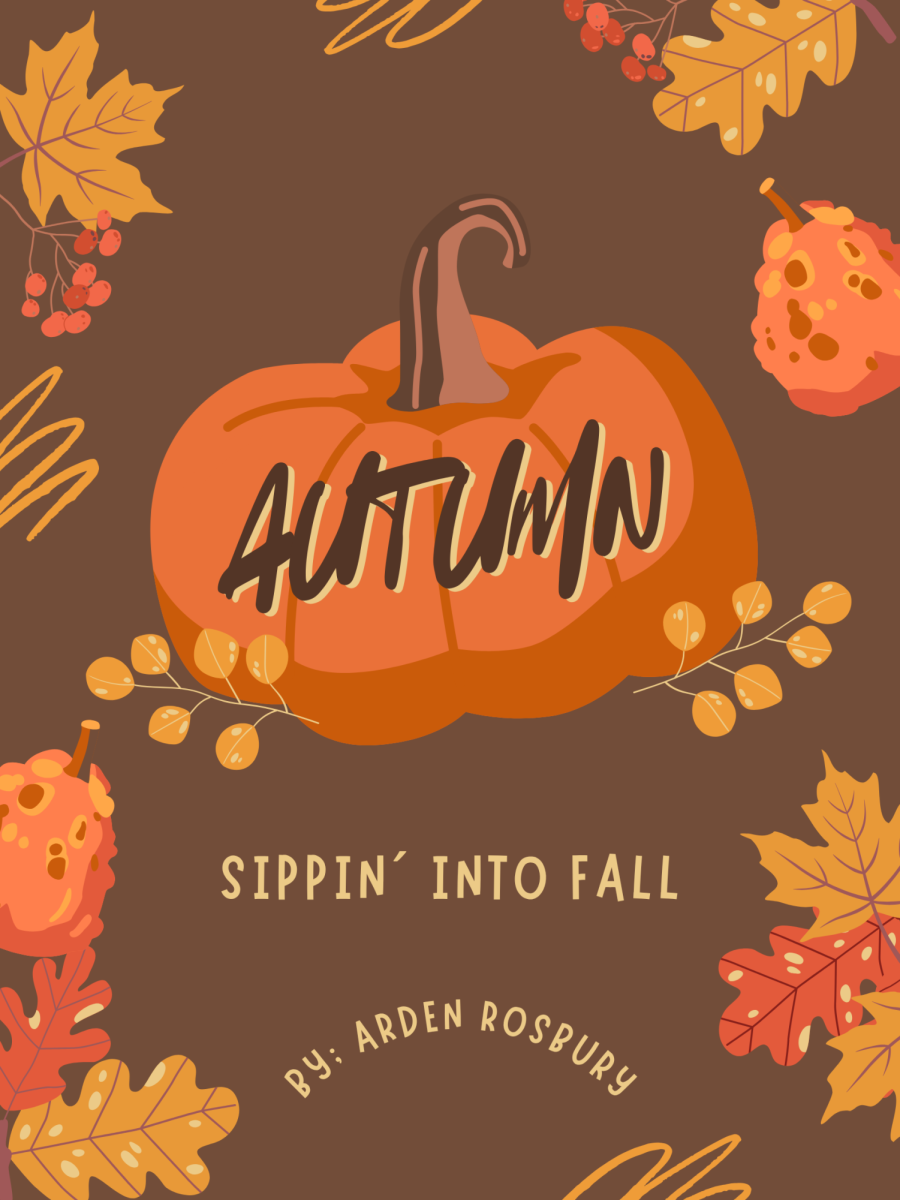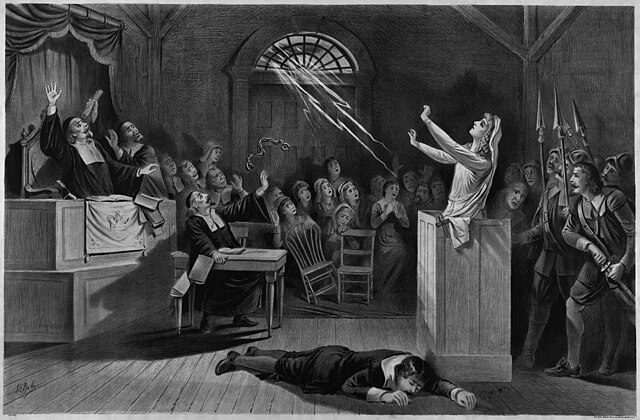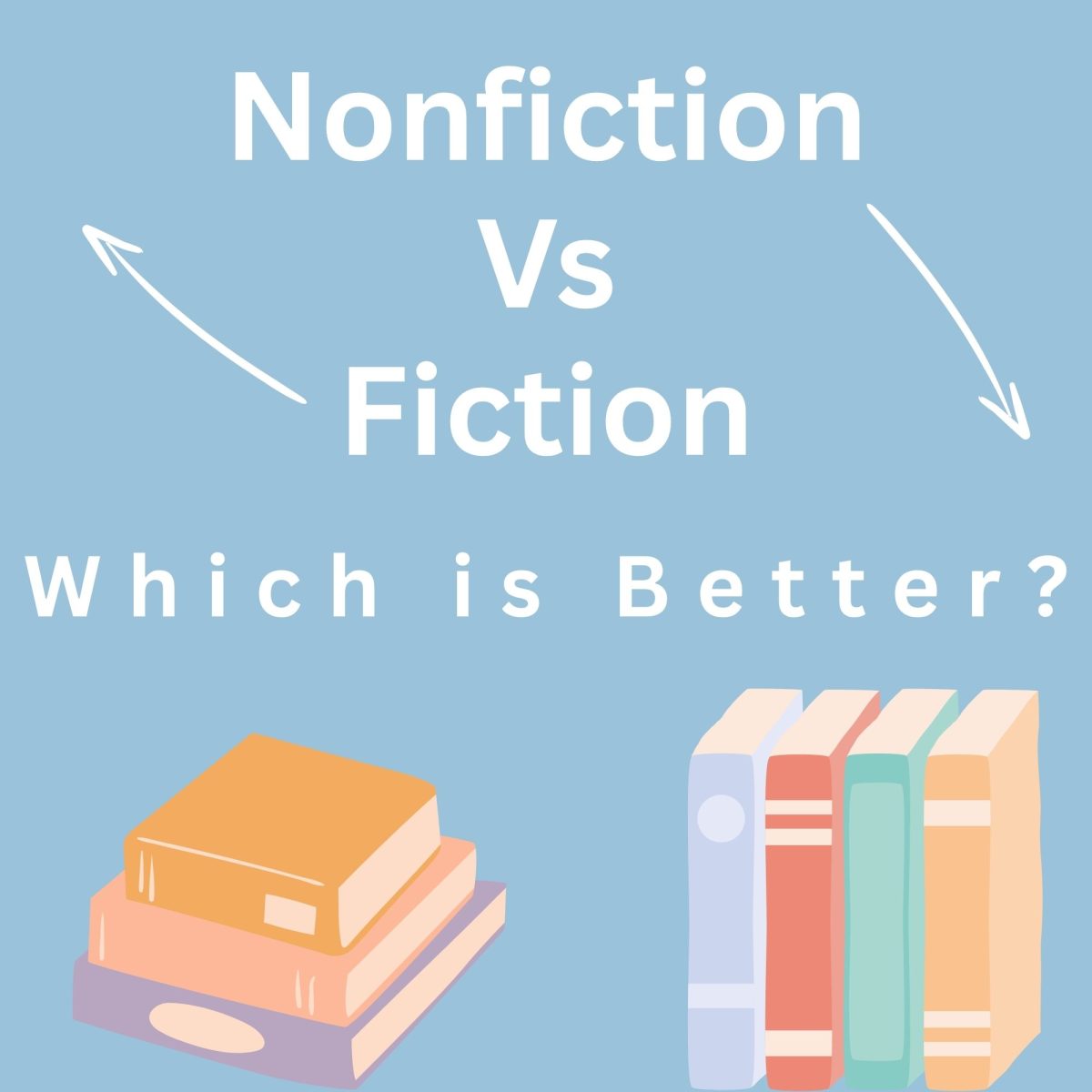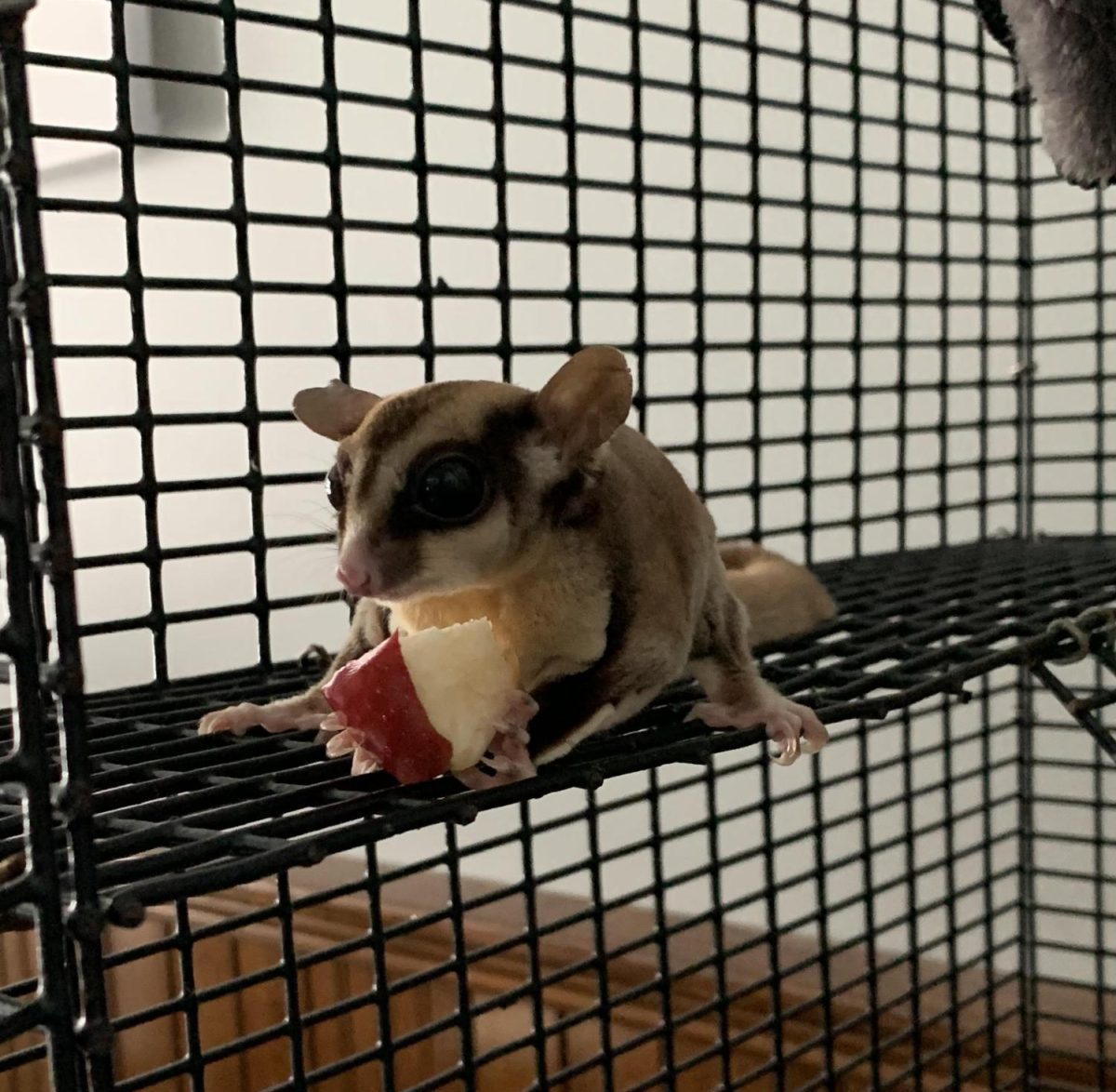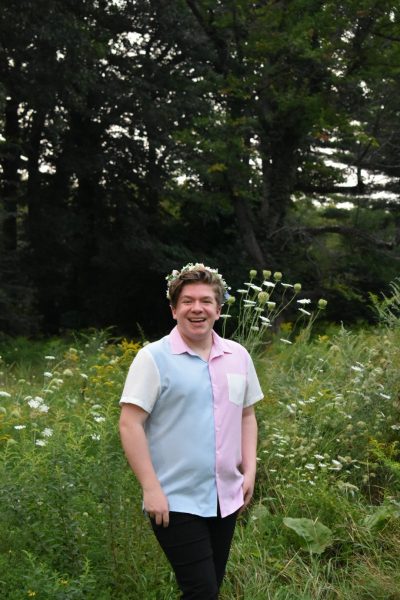An all-new chilly and snowy winter is upon us – an all-new year to feel the effects of seasonal depression. Seasonal depression, also known as Seasonal Affective Disorder, is a very common mood disorder that occurs at the same time every year. For most, this seasonal depression starts around the days of Autumn and stretches into the months of winter.
Seasonal Affective Disorder, SAD for short, occurs in climates where there is less sunlight at certain times of the year. In the United States, this occurs primarily in the northern states, ranging from Washington to Maine. This is because they are the most affected states in winter, while the more southern states do not get affected that much by winter. There are over 5 million cases in the United States each year, making it affect a large amount of the population.
To see this in the world, I conducted a study at Oakmont Regional High School, asking 25 students and faculty if they experienced symptoms of SAD. From this survey, it is clear that many experience this disorder. Out of the 25 students and faculty I questioned, a shocking amount of 22 people answered yes, with them having experienced increased depression symptoms during the months of winter. Clearly, this is an issue.
Though the population size of the survey is small compared to the entire range of people who can experience this disorder, it is still an issue, as most answered yes. This survey is a small amount of proof that SAD affects many of those who can experience it. To lessen this amount, and treat it, many things can be done.
Self-care can assist you greatly in improving your mental health. By exercising and doing things that make you happy, you can treat your health greatly. You can also go through different types of therapy, including light therapy, which will lift your mood and ease the symptoms of SAD. If needed, medications can be used.
During the winter months, if you feel your symptoms of SAD are worsening, and begin to have extreme negative thoughts, you can reach out for help with a simple call. Calling the Suicide and Crisis hotline at ‘988’ or the SAMHSA National Helpline at ‘1-800-662-HELP (4357)’ will have you in contact with someone who can help. If you feel the winter blues, do not be afraid to reach out.
Seasonal Affective Disorder is a disorder that affects many of the population of the northern states, and if you feel like you are affected by it, you are not alone.



